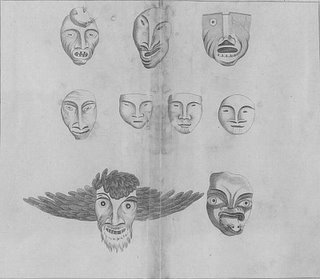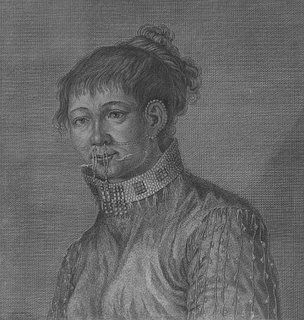An American bagpipe rock band, Prydein, have a website with a large collection of pipe images - woodcuts, engravings, etchings, paintings and photographs.
An excellent and eclectic set via gmtPlus9 (-15).
Books~~Illustrations~~Science~~History~~Visual Materia Obscura~~Eclectic Bookart.
"In the bodies of metals,
Of men, and of beasts.
From it the Sages derive their science,
And through it they attain the Heavenly Gift,
Which is called the Philosopher's Stone,
Possessing the power of the whole world.
This gift the Sages impart to us with loving hearts,
That we may remember them for ever."
 This surely is a great miracle and without any deception -
This surely is a great miracle and without any deception -"The Book of Lambspring is an important work that points us especially to the inner aspect of the alchemical process. The indications I have presented here are only hints at one possible way of entering into the Lambspring process. However, as with all such hermetic systems of inner exercises, we cannot entirely grasp it through our thinking and if we wish to work this process we must take an inner journey into the strange landscape of Lambspring's work. By studying the text and meditatively penetrating each emblem in sequence we will be able to experience the symbols working within our souls."
"Finally the mill was ready to be set into operation. The first grain was ground and the mill was tested. No one dared ask the millwright about his work, he went about it in silence, few people were lucky to watch him work, he safe guarded his knowledge and the secrets of his craft. No one dared ask him questions, what he was doing or why, because it is a well know[n] fact that a millwrights spit could kill a toad." [TR Hazen]







 Oliver Evans (1755-1819) was an apprenticed Delaware wheelwright and wagonmaker who studied science and mechanics on the side. At 22 when working in a textile workshop he invented a couple of machines to help in the carding of wool. He then went into a flour mill venture with his brothers.
Oliver Evans (1755-1819) was an apprenticed Delaware wheelwright and wagonmaker who studied science and mechanics on the side. At 22 when working in a textile workshop he invented a couple of machines to help in the carding of wool. He then went into a flour mill venture with his brothers.
"Bookplates are no longer merely guards and warnings to borrowers nor have they been only these for the last half century because so many library owners recognize them rather as expressions of fine art calling for the joint interest of the artist, engraver, and printer.
So now it comes to pass that of the many functions that a plate may have these three stand out; pasted in the front or mayhap the back cover, it marks the ownership of the volume; if it is of artistic value it contributes too a certain embellishment to the tome; and lastly, it may well take its place in the treasures of the art collector, offering him [..] an opportunity to own and store in very modest space a vast number of graphic gems or strange sentiments in print."














"We who follow a gentle and quiet muse, do not intend to call out those vile calumniators of calligraphy into the arena of honor.
We know well that they will be banished to the centaurs and lapiths by the decree of persons of quality and accomplishment who follow the arts and sciences.
But enough! Farewell kind reader, and embrace me and all champions of calligraphy in your perennial favor."
[Johann Georg Schwandner 1755 in Calligraphia Latina]





 'The tongue is not the only way
'The tongue is not the only way








A product of the Russian Royal Navy, Gavriil Sarychev (1763-1831) joined a veteran of the Captain Cook voyages, Joseph Billings, in an 8 year geographical and ethnological expedition to the coasts of Siberia and Alaska and the Aleutian Islands.
Their trip was supported by Catherine the Great who instructed them "to bring to perfection the knowledge acquired under her glorious reign." Her instructions, issued through the Russian Academy of Sciences, also asked that they detail ' "all the remarkable places" and "the natural curiosities" they encountered both on land and at sea. They were also to interview, observe, and describe all the peoples they met.'
Although the mission was something of a financial disappointment, there was an emphasis placed on gaining cooperation of native groups in all facets of their investigations. Consequently for instance, the maps (still considered to be of high quality) included local names, many of which persist. Sarychev went on to become an Admiral, an Honorary member of the Science Academy, Hygrographer-General and ultimately head of the Naval Ministry.



